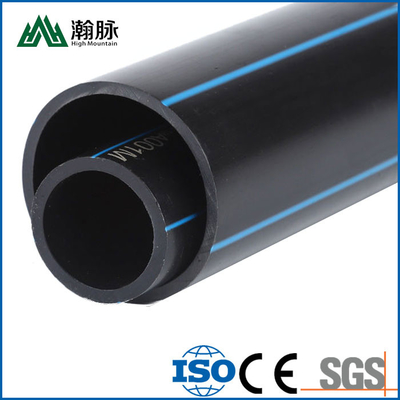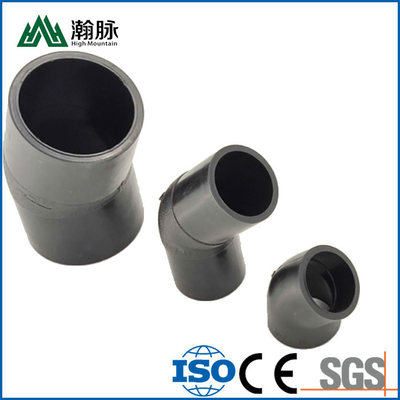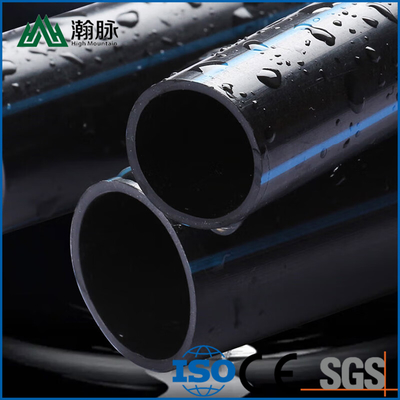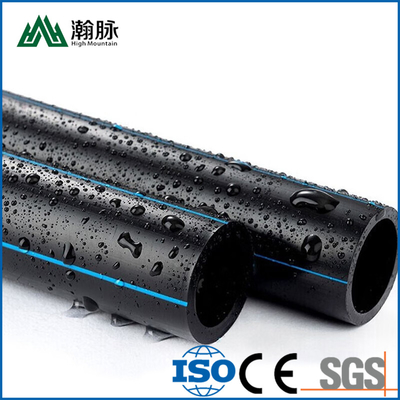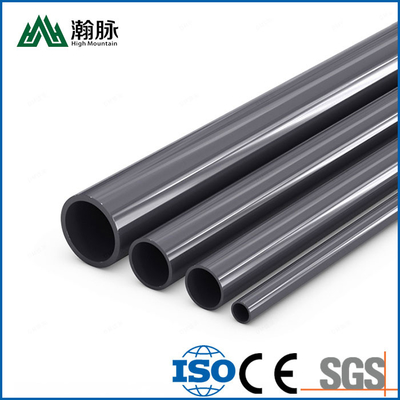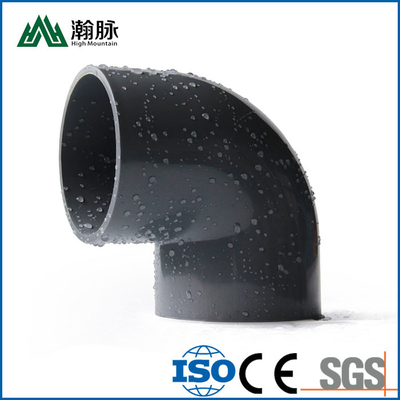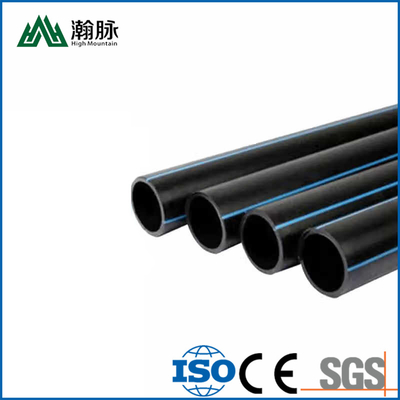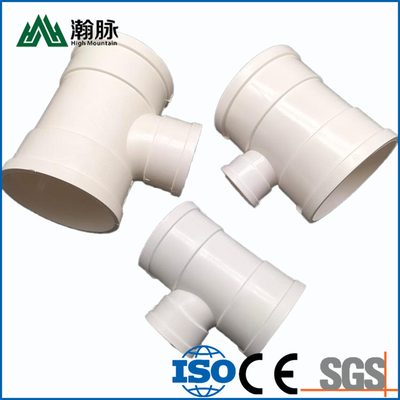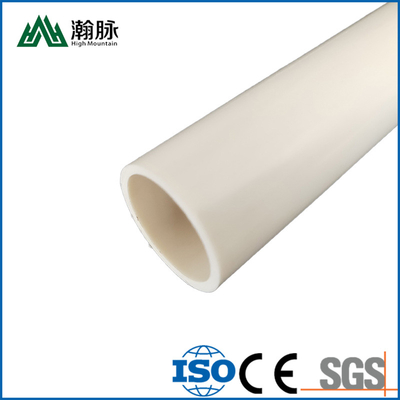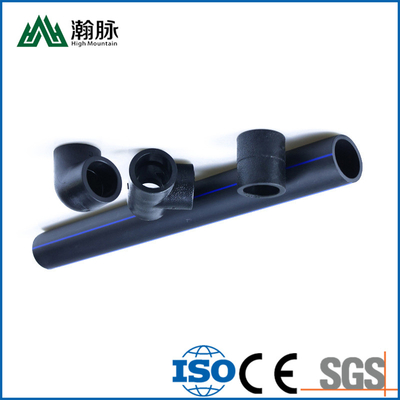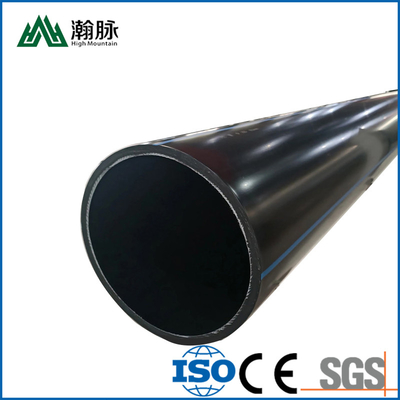PE has many uses such as wires, cables, hoses, pipes and profiles. Tubing applications range from small section yellow pipe for natural gas to 48in diameter thick wall black pipe for industrial and urban piping. Large diameter hollow wall pipes are growing rapidly as a replacement for rainwater drains and other sewer lines made of concrete.
Sheet and Thermoforming
Thermoformed liners for many large picnic coolers are made of PE for toughness, light weight and durability. Other sheet and thermoformed products include fenders, tank liners, pan guards, shipping boxes and tanks. A large and rapidly growing sheet application is mulch or pool bottoms, which are based on MDPE's toughness, chemical resistance and impermeability.
blow molding
More than 1/3 HDPE sold in the United States is used for blow molding. These range from bottles for bleach, motor oil, detergent, milk and distilled water to large refrigerators, car fuel tanks and cartridges. The characteristics of blow molding grades, such as melt strength, ES-CR and toughness, are similar to those used for sheet and thermoforming applications, so similar grades can be used.
injection
Blow molding is often used to make smaller containers (less than 16oz) for packaging pharmaceuticals, shampoos, and cosmetics. An advantage of this process is that the produced bottles are automatically de-edged, eliminating the need for post-finishing steps like in normal blow molding. Although some narrow MWD grades are used to improve surface finish, medium to wide MWD grades are generally used.
Injection
HDPE has countless applications, ranging from reusable thin-walled beverage cups to 5-gsl cans, consuming 1/5 of the domestically produced HDPE. Injection molding grades generally have a melt index of 5 to 10, with lower fluidity grades with toughness and higher fluidity grades with processability. Uses include commodity and food thin-wall packaging; tough, durable food and paint cans; and high environmental stress crack resistance applications such as small engine fuel tanks and 90-gal trash cans.
rotomolding
The material used in this process is generally pulverized into a powder, which is melted and flowed in a thermal cycle. Rotomolding uses two types of PE: general purpose and crosslinkable. General-purpose MDPE/HDPE usually has a density range from 0.935 to 0.945g/CC, has a narrow MWD, which gives the product high impact and minimal warpage, and its melt index range is generally 3-8. Higher MI grades are generally not suitable because they do not have the impact and environmental stress crack resistance desired for rotomoulded products.
High performance rotational molding applications take advantage of the unique properties of its chemically crosslinkable grades. These grades flow well during the first part of the molding cycle, and are then cross-linked to provide their excellent environmental stress crack resistance and toughness. Abrasion and weather resistance. Crosslinkable PE is uniquely suitable for large containers ranging from 500-gal storage tanks for transporting various chemicals to 20,000-gal agricultural storage tanks.
film
PE film processing generally uses ordinary blown film processing or flat extrusion processing. Most PEs are used in films, general low density PE (LDPE) or linear low density PE (LLDPE) are available. HDPE film grades are generally used where superior stretchability and excellent barrier properties are required. For example, HDPE films are commonly used in merchandise bags, grocery bags and food packaging.

 Your message must be between 20-3,000 characters!
Your message must be between 20-3,000 characters! Please check your E-mail!
Please check your E-mail!  Your message must be between 20-3,000 characters!
Your message must be between 20-3,000 characters! Please check your E-mail!
Please check your E-mail! 
